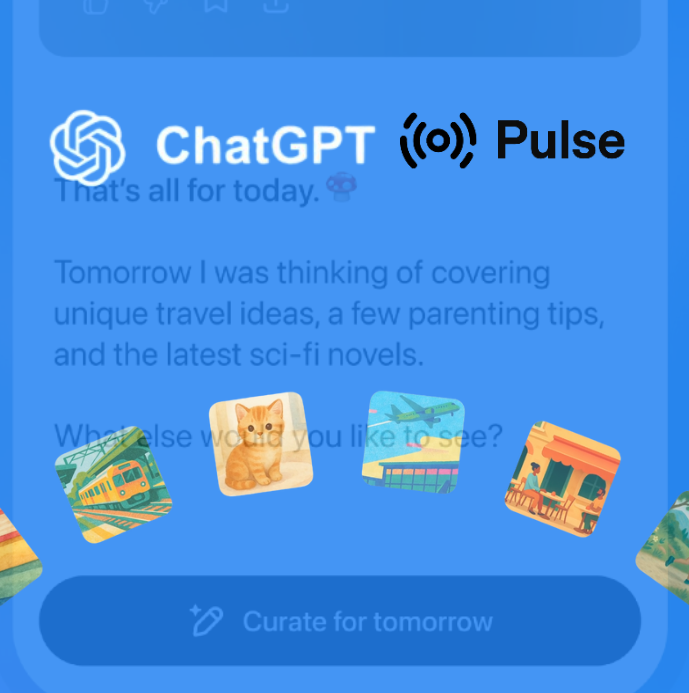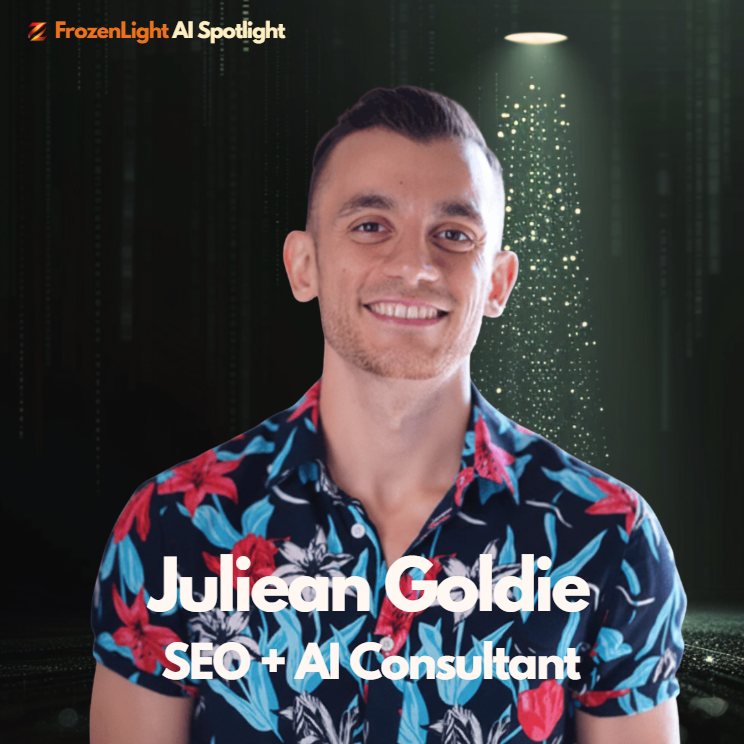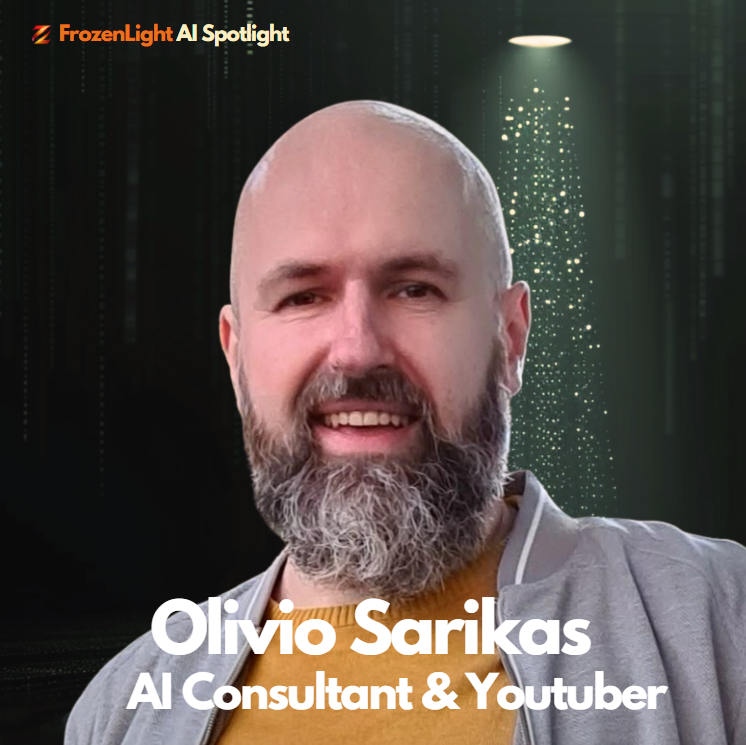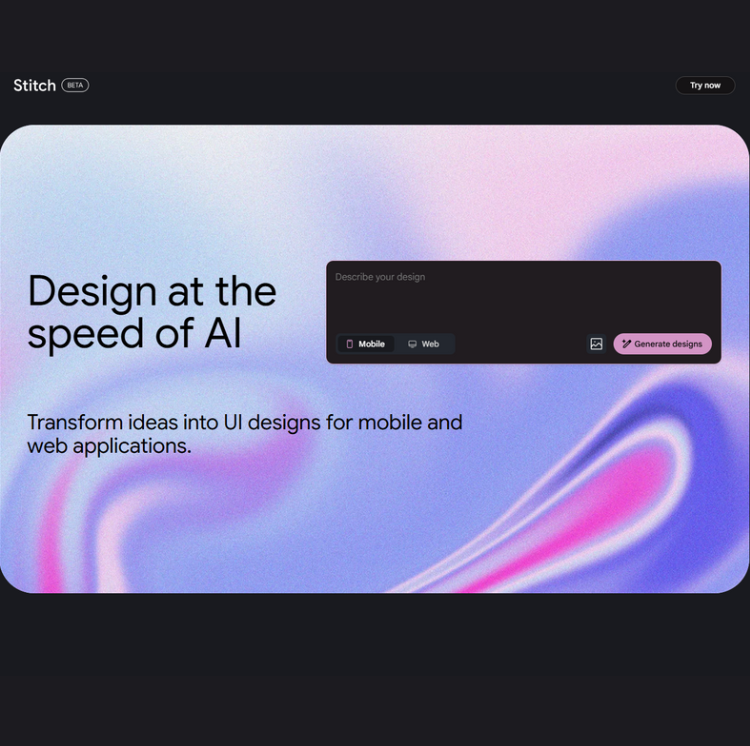
Students at Northeastern University are speaking up. They discovered their professor used ChatGPT to create course materials without saying a word. Senior Ella Stapleton found AI prompts tucked into her lecture slides. For her, this isn’t just about technology; it’s about trust. She’s shelling out serious money for her degree and now wonders if she’s getting a truly human education.
This revelation has ignited a broader debate. Professors are using AI to streamline their work and enhance teaching efficiency. Meanwhile, students are told to steer clear of the same tools. Schools are improvising with no clear rules or consistency, leaving everyone scratching their heads and wondering what’s fair.
The incident at Northeastern is just the tip of the iceberg. Across the board, educational institutions are grappling with AI’s role. Without clear guidelines, students and faculty are left in a state of confusion, each unsure of what’s allowed and what’s not.
What the University Is Saying
Universities want the benefits of AI without the downsides. But their policies are all over the place. Professors can use AI to prepare classes, while students face accusations of cheating for attempting the same. The logic here? It doesn’t quite add up. If AI serves as a smart assistant for teachers, why is it considered a threat when students use it?
Right now, schools are dodging these critical conversations. And that silence? It’s building a wall of mistrust between students and institutions. Without open dialogue, the gap continues to widen.
Universities need to step up and address these inconsistencies head-on. By engaging openly with both students and faculty, they can develop fair and transparent policies that apply to everyone.
What That Means (In Human Words)
This isn’t just about one class or school. It’s a system-wide scramble to figure out AI’s place in education. And students? They’re being left out of the conversation. With no clear boundaries, classrooms feel more like guessing games than genuine learning environments.
Educational institutions are struggling to set clear rules and strategies for AI integration. Without these, everyone’s left guessing, and the integrity of education is at stake.
It’s crucial for schools to create a coherent approach that allows everyone to benefit from AI responsibly. Teachers and students must be on the same page to prevent misunderstandings and ensure a balanced learning environment.
Bottom Line
When? It’s happening now, with no fix in sight.
What’s missing? Clear, shared rules on AI for everyone.
Frozen Light Team Perspective
Let’s call this what it is: double standards 101. Professors get to use AI behind the scenes. Students get penalized for doing the same thing out in the open.
We’re not here to pick sides. We’re here to ask the real questions: If your professor used ChatGPT to build your course, are you learning from them, or from the AI? Flip it: when you use AI for your work, do you still own it, or are you just copying?
This isn’t just about rules. It’s about how AI is reshaping how we learn, work, and create. AI’s not the problem. Confusion is. And that starts when no one’s brave enough to say: “Let’s figure this out together.”
We’re not judging. We’re sparking a conversation. That’s what Frozen Light is for. 💡









